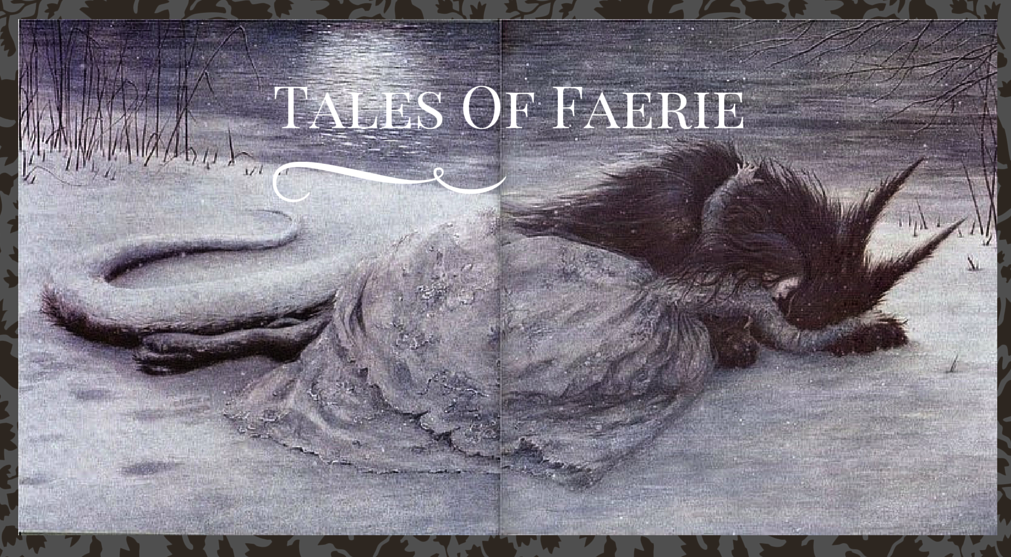According to Jack Zipes, if we look at the story in its historical context, we will see that it is a story of class struggle. The very presence of a merchant is unusual in the history of fairy tales, which usually feature the poorest of peasants and the most elite royals, but in this story we see the emergence of a middle class.
At the time that de Villeneuve and Beaumont were penning what would become the most famous version of one of the most classic and popular tales (18th century France), the middle class was gaining the upper hand. The members of nobility were increasingly getting poorer, but at least had their status; while the middle class were becoming richer through their businesses. It was a common thing to see a merchant's daughter entering into an arranged marriage with a destitute nobleman, allowing one family to contain both a title and wealth at the same time.
The story of Beauty and the Beast certainly explores the rise and fall of Beauty's family in society-her father starts out as a wealthy merchant, her sisters as materialistic and greedy and always wanting to improve their situation. When Beauty's father loses his money, we are reminded that status based on wealth is not always secure, and the family becomes poor farmers, where it is Beauty's contentedly cheerful, hard-working nature that keeps the family afloat.
Then we meet the Beast-although Beauty has the upper hand in looks, he certainly has the upper hand in wealth, status, and material goods. We of course later find out that he is a prince.
 This was actually the opposite kind of situation that was really happening all over France. In this story we have a nobleman whose wealth is supplied by magic and therefore cannot run out, who is generous to the poor family of Beauty-a family who you could argue has been chided for being social climbers and encouraged to become simple, hard-working farmers. According to Griswold, "In other words, in the midst of changing times, Beaumont seems to offer a kind of backwards-looking endorsement of the nobility, a flattering and conservative portrait of the ancien regime." In Zipes' words, the aim of Beaumont is to "put the bourgeoisie in their place."
This was actually the opposite kind of situation that was really happening all over France. In this story we have a nobleman whose wealth is supplied by magic and therefore cannot run out, who is generous to the poor family of Beauty-a family who you could argue has been chided for being social climbers and encouraged to become simple, hard-working farmers. According to Griswold, "In other words, in the midst of changing times, Beaumont seems to offer a kind of backwards-looking endorsement of the nobility, a flattering and conservative portrait of the ancien regime." In Zipes' words, the aim of Beaumont is to "put the bourgeoisie in their place."This is where I don't understand why scholars refer only to Beaumont's version. Beaumont did not add anything essential to the tale, she only simplified Villeneuve's. The negative portrayal of the materialistic sisters, the fall in status of the family, were all originally Villeneuve's. But when I read the Villeneuve version, it seems to me that the message is to clearly poke fun at strict class boundaries, since each of the characters seem to change status in relationship to each other multiple times, and there is a very clear moral near the end where the good fairy is trying to convince the Queen (the Beast's mother) that Beauty is a worthy bride for her son because of her character, NOT her status (before finally unveiling the truth of Beauty's true identity, being a fairy Princess, therefore pacifying the Queen). So ultimately, Villeneuve's original story probably wasn't pushing for the merchant class to go "back to the farm and become once again hardworking and uncomplaining peasants" as Griswold indicates was Beaumont's goal. (Plus, wasn't Beaumont a member of the middle class herself? She ended up as a governess, probably employed by merchant class families-if they all went back to the farm she wouldn't have had a job or the ability to write fairy tales on the side).
And of course there's the irony present in many fairy tales that, while Beauty is praised for being content as a hardworking peasant, she is the one who is rewarded with unimaginable wealth and no more need for working for the rest of her life. Yet another example where I think the actual events of the tale, mixed with the reader's own natural desires, end up being a much stronger message than the supposed "moral", if that was even what Beaumont was trying to portray.
Illustrations by Eleanor Vere Boyle




Thanks for the useful information. It's more informative and easy to understand. Please help me suggest CBSE
ReplyDelete
ReplyDeleteEverything is very open with a really clear description of the issues.
I have read several excellent stuff here. Definitely price bookmarking for revisiting.
ReplyDelete
ReplyDeleteWow, superb blog layout! How long have you been blogging for? you make blogging look easy.
What a nice information, great article.
ReplyDeleteVery good article, I enjoyed reading your post, very good part, I want to tweet this to my followers.
ReplyDeletei have to say this thing you have did good and nice
ReplyDeleteThanks so much for your helpful tips!
ReplyDelete
ReplyDeleteYour choice of writing is really amazing.